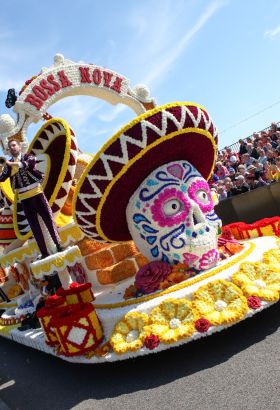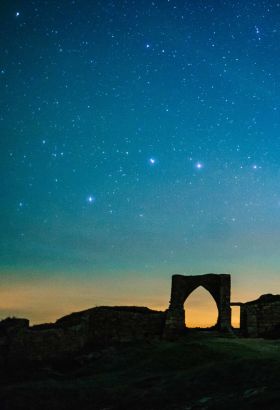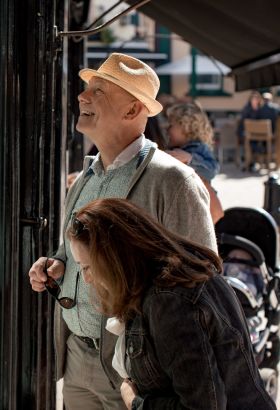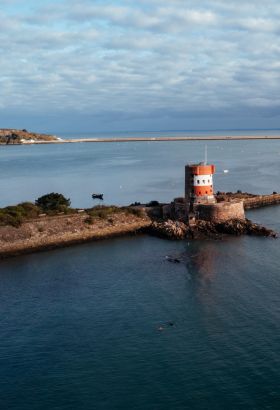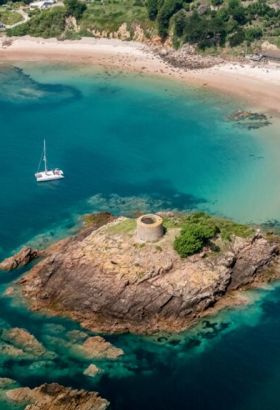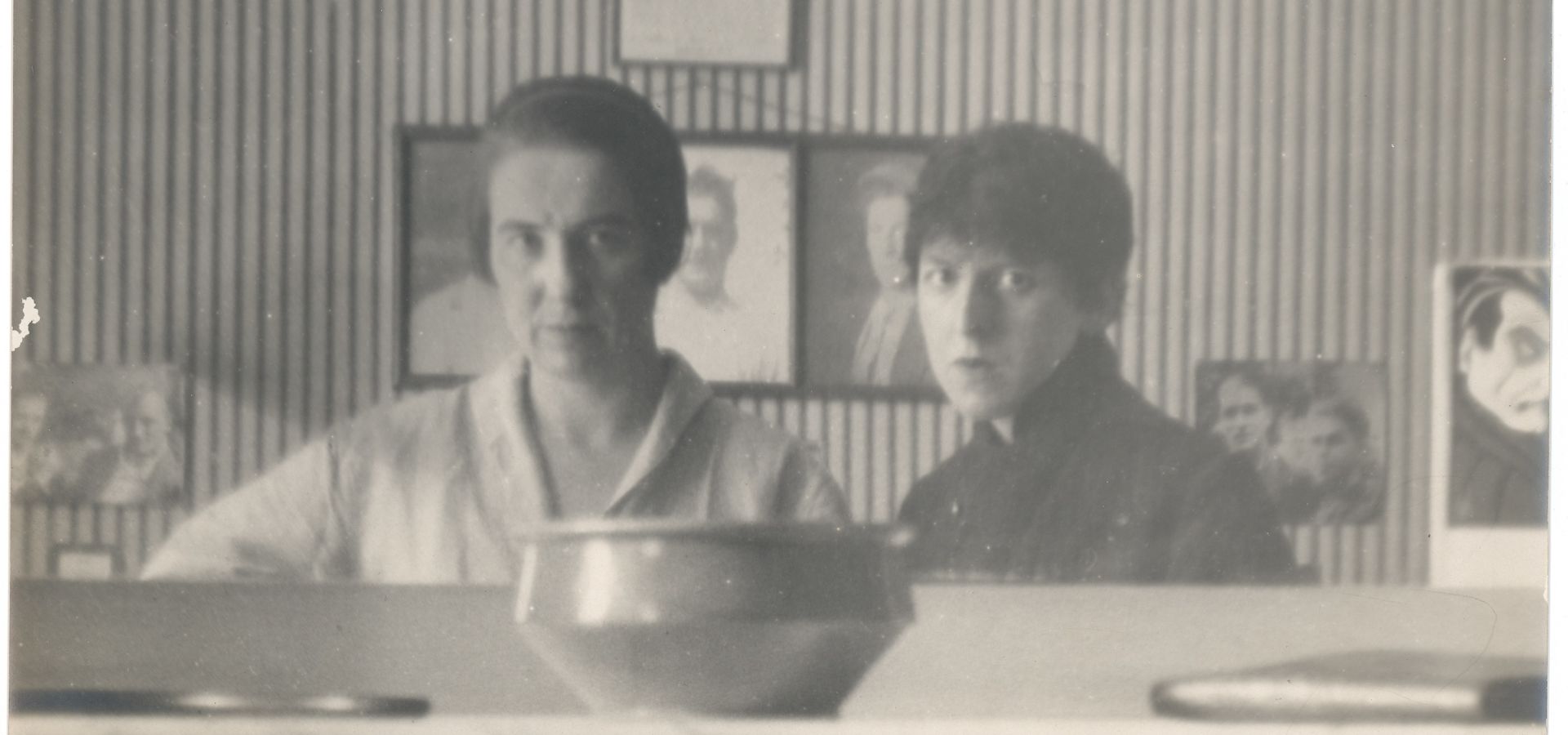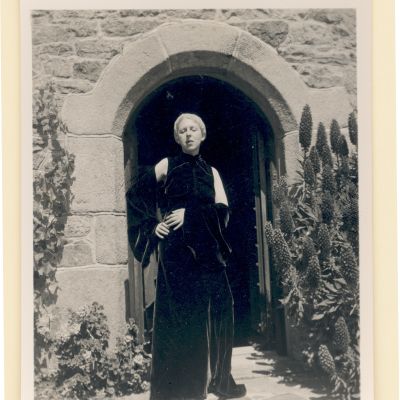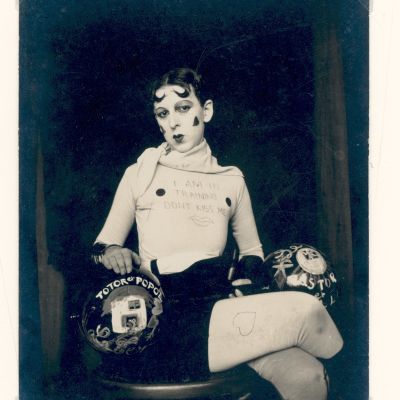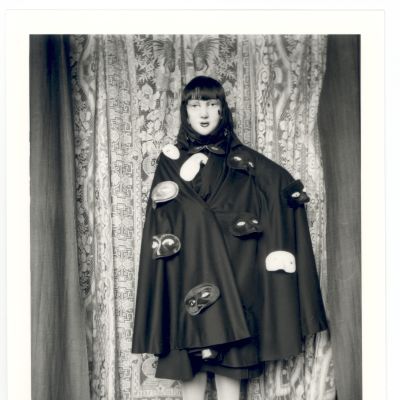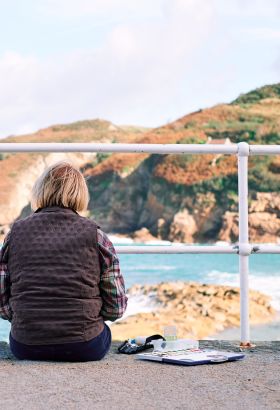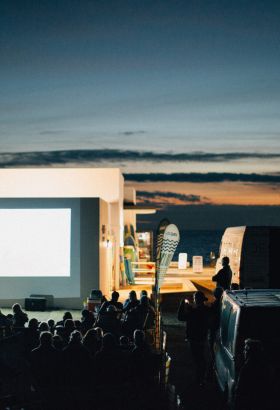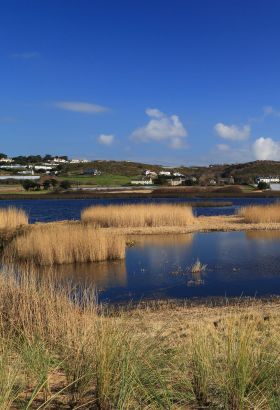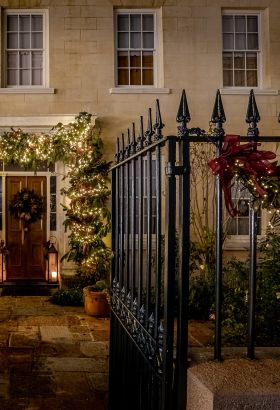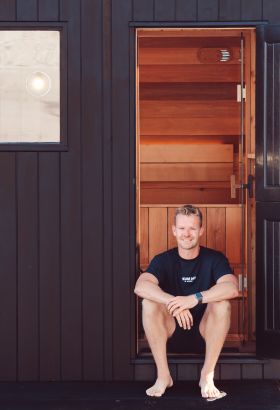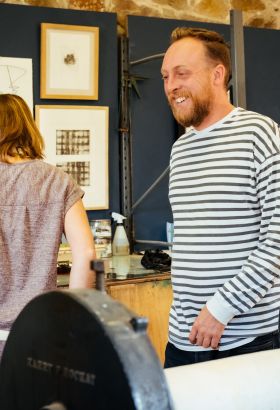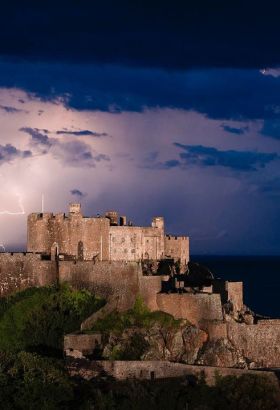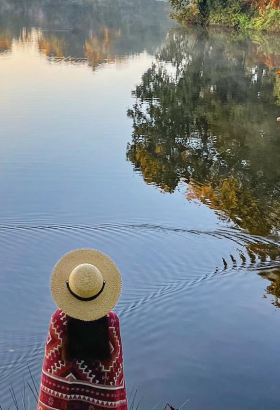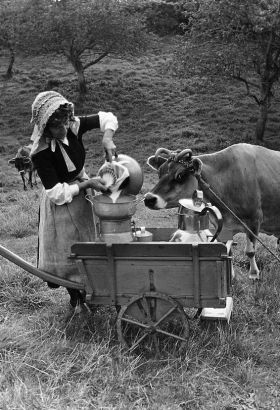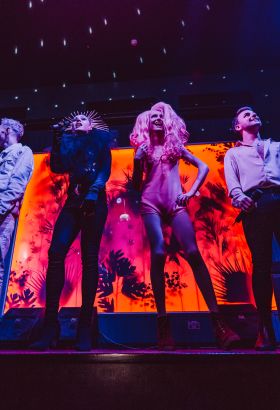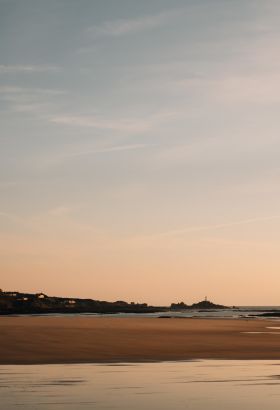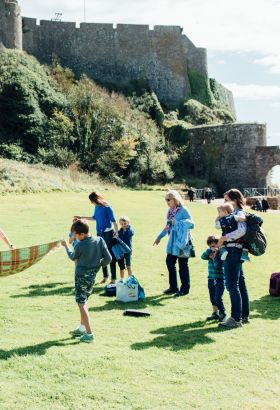Jersey is a haven for art lovers, with a rich cultural heritage that has inspired artists for generations. One of the most fascinating figures to emerge from the island’s artistic community is Claude Cahun, a groundbreaking artist whose work challenged traditional gender roles and explored themes of identity, resistance, and self-expression.
An early Jersey connection.
Born Lucy Schwob in 1894 in Nantes, France to wealthy Jewish parents, Cahun’s connection with Jersey began early, with childhood holidays spent on the island, often at the St. Brelade’s Bay Hotel, and in Brittany. Cahun moved to Jersey in 1937 and it was here that she first discovered her passion for art, and began to develop the radical ideas and subversive style that would come to define her work. Despite the social restrictions of her time, Cahun refused to conform to gender norms, adopting a masculine appearance and using gender-neutral pronouns to assert her identity.
Becoming an artist.
Cahun’s early work was marked by an interest in Surrealism and the avant-garde, and she quickly became part of a vibrant artistic community on the island. Alongside her partner and collaborator, the artist and writer Suzanne Malherbe (who adopted the pseudonym Marcel Moore), Cahun began to produce a series of photographs and photomontages that challenged traditional ideas of gender, sexuality, and identity.
One of Cahun’s most iconic works is a series of self-portraits that she produced in the 1920s and 1930s. In these images, Cahun presents herself in a variety of guises, adopting different personas and exploring the fluidity of identity. She dresses as a man, a woman, and a genderless figure, blurring the boundaries between gender and challenging the viewer’s assumptions about identity.

The pull of the island countryside.
Cahun’s work was daring and provocative, and it attracted the attention of the Surrealist movement in Paris. Her photographs were published in magazines and exhibited in galleries, and she became part of a wider network of avant-garde artists and writers. Shortly after the publication of Moore and Cahun’s first collaborative work Vues et Visions in 1919 the couple moved to Paris. At the time it was a creative hub and perhaps a more forgiving place, socially and artistically, for the couple to live. But by 1937 they were ready to leave. Jewish on her father’s side, Cahun felt a ‘premonition of danger’ about the political situation. And she was feeling the pull of the countryside, too. She and Moore moved to Jersey to live, taking up their old names and letting people assume they were sisters.
The couple initially stayed at St Brelade’s Bay Hotel, where Cahun’s family had holidayed, but the couple soon bought La Rocquaise, a traditional Jersey granite house overlooking the bay. They became village eccentrics; walking their cat, Kid, on a lead, wearing trousers and making art in and around the house. Initially they found life in Jersey to be a ‘holiday without end.’

Mounting the resistance.
This carefree existence wasn’t to last for long as Jersey became the only part of Britain to be occupied by the Nazis during World War Two. Moore and Cahun refused to be evacuated back to England in advance of the Occupation, instead deciding to mount a resistance campaign which involved penning anti-fascist propaganda notes and leaving them in places where German soliders might find them.
Despite the danger they faced, Cahun never wavered in her commitment to her art and her beliefs. Her work continued to push boundaries and challenge conventions, inspiring generations of artists to come.
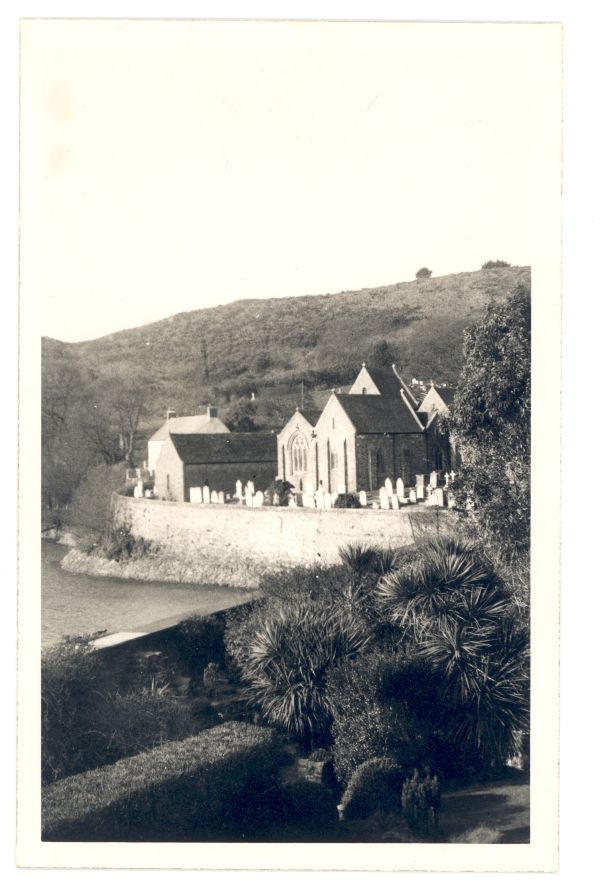
A lasting legacy.
Cahun and Moore are both buried in St Brelade’s Church, which is next door to their old house and a place that Cahun often photographed.
Jersey is now home to the world’s best collection of Cahun’s work and pieces are loaned to museums and galleries all over the world.
While Cahun’s work is not on permanent display at Jersey Museum and Art Gallery, you can view Cahun‘s work by visiting Jersey Archive during normal opening hours, registering as an Archive Reader and requesting to see the originals through the online catalogue.
Jersey’s connection to Cahun is a source of pride for the island’s artistic community, and her legacy continues to inspire new generations of artists. Her pioneering approach to gender and identity, and her commitment to political activism, make her a powerful role model for anyone who believes in the power of art to effect social change.
